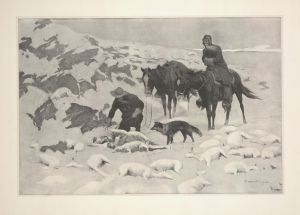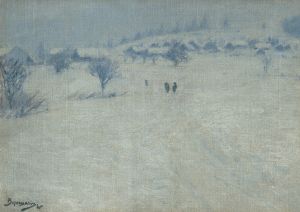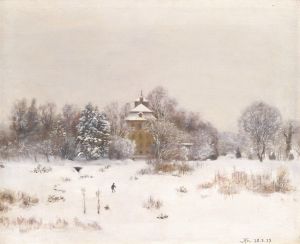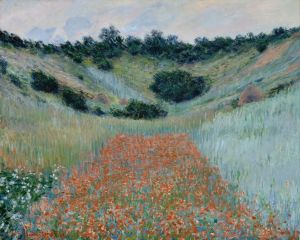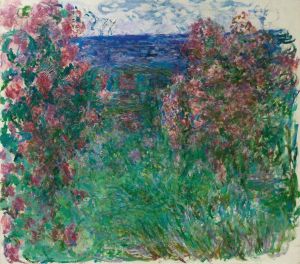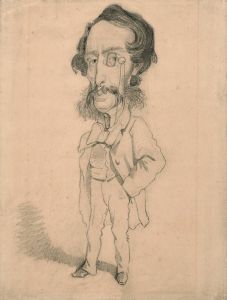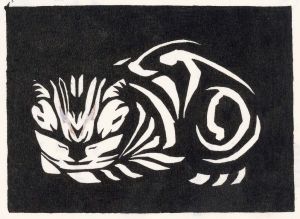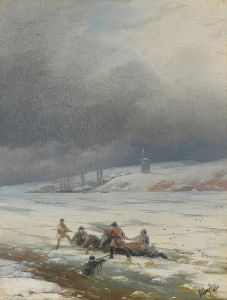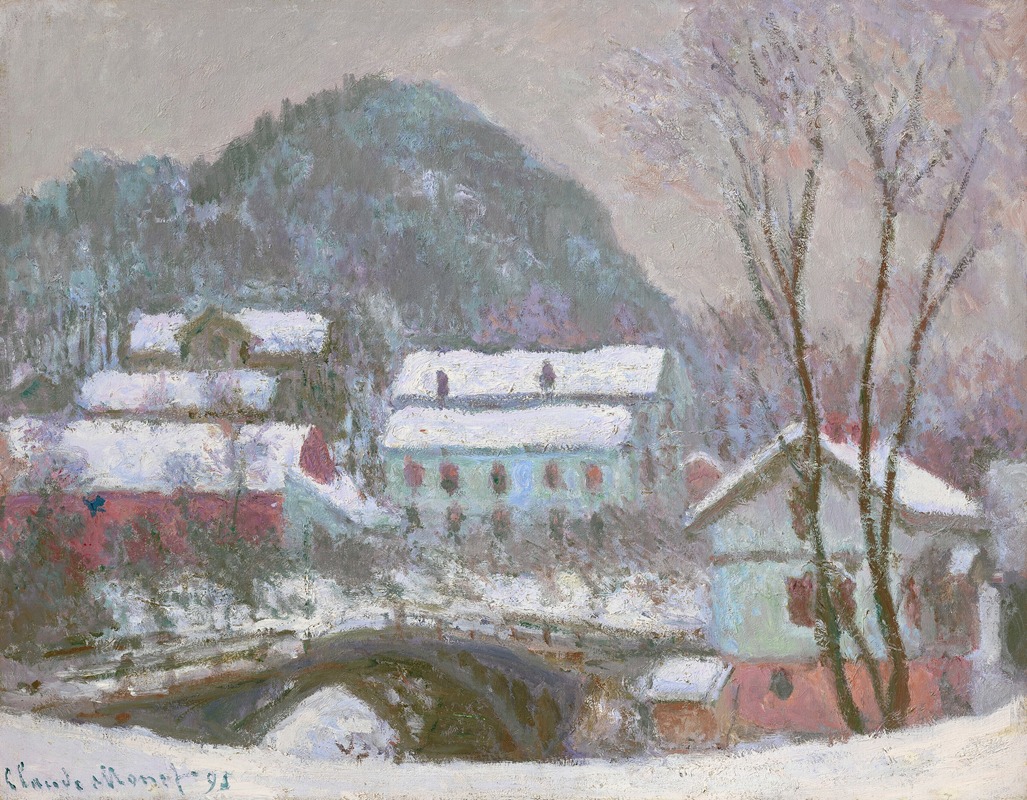
Sandviken, Norvège, effet de neige
A hand-painted replica of Claude Monet’s masterpiece Sandviken, Norvège, effet de neige, meticulously crafted by professional artists to capture the true essence of the original. Each piece is created with museum-quality canvas and rare mineral pigments, carefully painted by experienced artists with delicate brushstrokes and rich, layered colors to perfectly recreate the texture of the original artwork. Unlike machine-printed reproductions, this hand-painted version brings the painting to life, infused with the artist’s emotions and skill in every stroke. Whether for personal collection or home decoration, it instantly elevates the artistic atmosphere of any space.
Claude Monet's painting Sandviken, Norvège, effet de neige (translated as Sandviken, Norway, Snow Effect) is one of the works created during the artist's travels to Norway in 1895. Monet, a leading figure of the Impressionist movement, was known for his fascination with capturing the effects of light, atmosphere, and seasonal changes in his paintings. His journey to Norway was motivated by a desire to explore new landscapes and to study the interplay of light and snow in a colder, northern climate.
During his stay in Norway, Monet visited Sandviken, a small area near the city of Bergen. The region's dramatic natural scenery, with its fjords, mountains, and snowy landscapes, provided Monet with a fresh source of inspiration. The painting Sandviken, Norvège, effet de neige reflects Monet's characteristic style of using loose brushstrokes and a nuanced color palette to depict the subtle effects of light and weather on the landscape. The work captures the serene beauty of a snow-covered scene, emphasizing the interplay of light and shadow on the snow and the surrounding environment.
Monet's time in Norway was relatively brief, lasting only a few months, but it resulted in a series of paintings that showcased his ability to adapt his Impressionist techniques to new and challenging settings. The works he created during this period, including Sandviken, Norvège, effet de neige, are considered significant examples of his exploration of winter landscapes and his ongoing interest in capturing fleeting atmospheric effects.
The painting is part of Monet's broader body of work that focuses on the theme of snow and winter, which he had explored in earlier paintings created in France. However, the Norwegian landscapes offered a distinct contrast to the settings he had previously painted, allowing him to experiment further with his artistic approach.
As of now, specific details about the current location or ownership of Sandviken, Norvège, effet de neige are not widely documented. Monet's works from this period are held in various private collections and museums around the world, reflecting the enduring appeal and significance of his art.
This painting stands as a testament to Monet's dedication to capturing the ephemeral beauty of nature, even in the challenging conditions of a Norwegian winter. It remains an important piece within his oeuvre, highlighting his ability to find inspiration in diverse environments and to translate his observations into timeless works of art.






